The Department of Home Affairs announced the introduction of the following visa classes:
These visa classes will simultaneously replace existing visa classes and simplify visa pathways.
Take a look at the new visa classes:
For comprehensive advice on all currently available visa solutions contact our
More information about:
For a fast response, email us:
This email address is being protected from spambots. You need JavaScript enabled to view it.
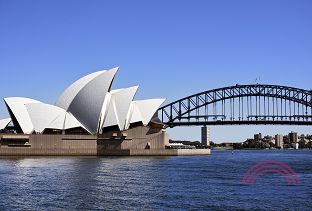 This year's Australian budget (2022-2023) includes some immigration-related announcements for Australian permanent visa classes. There is good news for skilled migrants wishing to apply for Australian permanent residence status.
This year's Australian budget (2022-2023) includes some immigration-related announcements for Australian permanent visa classes. There is good news for skilled migrants wishing to apply for Australian permanent residence status.
The Australian Government will increase the planning level of Australia's visa program to 160,000 visas between 2022 and 2023. Immigration, and subsequently the number of visa applications for a permanent residence, is expected to increase to 180,000 in 2022-2023.
In the following year 2024-2025, applications for Australian visas are expected to increase to 213,000.
Here is an overview of the most important changes for migrants:
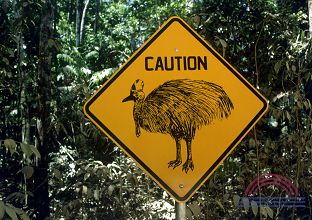 Many people are currently trying to apply for a visa to New Zealand. Sounds easy, convenient, and safe. Unlike Australia, there are no poisonous animals there. However, applying for a New Zealand visa is not always a good idea and certainly not easy.
Many people are currently trying to apply for a visa to New Zealand. Sounds easy, convenient, and safe. Unlike Australia, there are no poisonous animals there. However, applying for a New Zealand visa is not always a good idea and certainly not easy.
Now, we are often asked how a permanent resident (PR) visa application for New Zealand looks like. New Zealand promises a sense of security to family, capital and business. We hear more and more that a visa application can be made quickly. And you could also apply for Citizenship.
We could make life easy for ourselves and tell you what we think of these proposals. But we don't want to make it that easy for ourselves.
We suspect that many immigrants don't understand how "Oceania, Australia and New Zealand works".
For this reason, we would like to explain in detail why most New Zealand immigrants with the aim of achieving "Permanent Residence in New Zealand" ultimately do not apply for a New Zealand visa at all.
You really read that right!
Many immigrants wishing to invest, live, work or simply retire in New Zealand do not apply for a New Zealand visa at all.
These immigrants apply for a permanent residence visa (PR) for Australia.
And here are the three most common reasons for making that decision:
 Australia opens the borders for certain visa classes. Entry to Australia with these visa classes is possible again. Our Migration Agents in Sydney have summarized information about entry to Australia and relevant visa classes for you:
Australia opens the borders for certain visa classes. Entry to Australia with these visa classes is possible again. Our Migration Agents in Sydney have summarized information about entry to Australia and relevant visa classes for you:
The good news first.
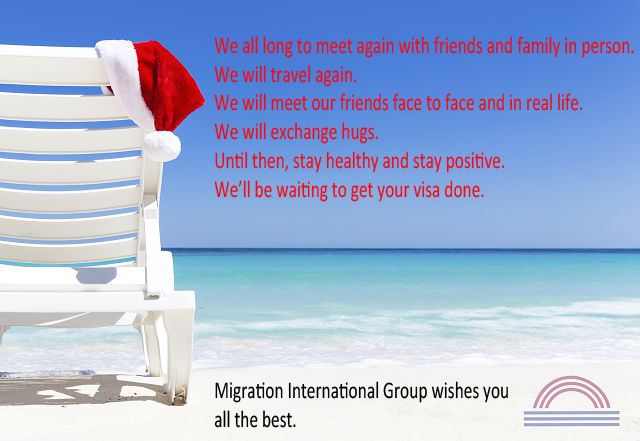 2022 was and is a special year - in a way that nobody could have imagined at the beginning of the year.
2022 was and is a special year - in a way that nobody could have imagined at the beginning of the year.
A lot has changed: visiting friends, hugging grandparents, travelling, and discovering the world - none of this can be taken for granted anymore.
We all long to meet again with friends, family, and business partners in person.
We will travel again. Soon, we will meet our friends face to face and in real life.
We will exchange hugs. Until then, stay healthy and stay positive.
We will be waiting to get your visa done. We wish you all the best for a healthy and prosperous 2023.
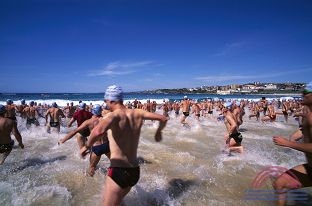 Migration Agent Update: The Acting Minister for Immigration has announced the new Priority Migration Skilled Occupation List (PMSOL) consisting of 17 occupations aiming to assist in Australia’s COVID-19 recovery.
Migration Agent Update: The Acting Minister for Immigration has announced the new Priority Migration Skilled Occupation List (PMSOL) consisting of 17 occupations aiming to assist in Australia’s COVID-19 recovery.
The Priority Skilled Occupation List (PMSOL) will allow for small numbers of skilled workers to enter Australia from overseas: Visa holders in PMSOL occupations, who have been sponsored by a business in Australia, may no longer need to obtain an exemption before travelling. However they would be subject to a strict 14 days quarantine on arrival at their own expense. Also labour market testing (LMT) would still be required to support a nomination application.
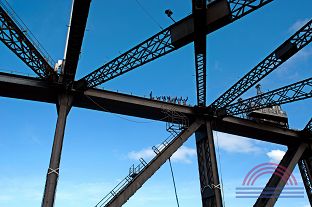 The Global Talent Independent (GTI) program has been designed to attract the best and brightest skilled migrants to Australia in a number of sectors.
The Global Talent Independent (GTI) program has been designed to attract the best and brightest skilled migrants to Australia in a number of sectors.
Candidates must not be older than 54 years and all applicants aged 18 or over must have functional English.
One of the requirements of this visa is that an Australian organisation or individual with a reputation in the same field as the applicant, attests to their record of achievement in the field.
While our lives have been significantly impacted by the spread of the COVID-19 pandemic, there is no doubt that we will get through this together.
Changes to the points test system for visa applications including the sc 189 visa and sc 190 visa came into effect on 16 November 2019.
The changes may help applicants to boost their total points.
The changes are in relation to the points that can be claimed for “partner skills” and are as follows:
 Migration Agent Sydney have been awarded “Best Migration Agent Sydney” in the 2019 Immigration Choice Awards. We want to thank all our amazing clients for their support and great reviews. Thank you to our migration agents and immigration lawyers for their hard work.
Migration Agent Sydney have been awarded “Best Migration Agent Sydney” in the 2019 Immigration Choice Awards. We want to thank all our amazing clients for their support and great reviews. Thank you to our migration agents and immigration lawyers for their hard work.
The Immigration Choice Awards have been the benchmark for recognizing those migration agents and immigration lawyers who continue to push the boundaries and shape the future of the migration industry.
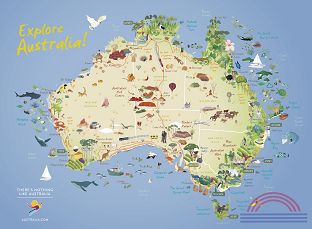 Two new visa options have been introduced - leading to a reorientation of the Australian immigration and visa programme:
Two new visa options have been introduced - leading to a reorientation of the Australian immigration and visa programme:
1. the Skilled Work Regional (Provisional) Visa (subclass 491 visa)
- which will require sponsorship by one of the Australian States/Territories or by a family member living in the region and a points test, and
2. the Skilled Employer Sponsored Regional (Provisional) Visa (subclass 494 visa)
- which will require a job offer.
"Creating Liberty to Move" has been our mission since our founder laid the cornerstone with the first office in Australia. Through the years, we've made immigration easy for thousands of people and we feel fortunate to work with so many different people and numerous businesses, both in scale and sector.
Moving forward, we will be known as Migration International Group.
A new sponsored parent visa (the ‘subclass 870 visa option) has been introduced. It will allow parents to stay in Australia for either three or, if they wish, 5 years, with a maximum period of stay in Australia of 10 years.
Following the success of the Northern Territory DAMA, South Australia and Western Australia have entered into five-year Designated Area Migration Agreements (DAMA) with the Australian Government to attract skilled migrants to regions where Australian workers are not available, helping to fill critical employment gaps:
Under the new Population Plan and as part of an Australian Government initiative, a new way for visa applicants has been introduced to permanently move to Australia under the Designated Area Migration Agreement (DAMA). The initiative allows employers in the Australian regions to sponsor workers on Temporary Skill Shortages (sc 482) or Employer Nomination Scheme (sc 186) visas. Applicants are expected to commit to live in the DAMA region for at least three to four years.
The Australian Government announced the introduction of a new temporary visa option for parents and grandparents of Australian citizens and permanent residents.
This new Temporary Sponsored Parent visa is supposed to allow a stay in Australia for a continuous period of up to five years (28.11.2018).
Last financial year (07/2017 to 06/2018), in Australia a total of 162,417 permanent visas was granted, incl. 111,099 under the Skill Stream and 51,085 under the Family Stream. 80,562 permanent residents have been conferred Australian citizenship in the same time.
According to the numbers provided by the Department of Home Affairs (DHA) as well as numbers from the Australian Bureau of Statistics (ABS) the majority of migrants arriving use to settle down in Australia’s two largest cities Sydney and Melbourne. Sydney’s population hit 5.1 million at June 2017 (with a growth rate of 2%), while Melbourne recorded 4.9 million (with a growth rate of 2.7%). Together, Sydney, Melbourne and Brisbane accounted for over 70 per cent of Australia’s population growth in 2016-17. On the other hand, Darwin, Adelaide and Perth showed growth rates of up to 1 %.
With another year behind us we are proud that once again, for the second year, we have received the Immigration Choice Award 2018 for the Best Migration Agency.
The Migration Agent and Immigration Lawyer Association (AMAILA) host the prestigious Immigration Choice Awards each year.
The Immigration Choice Awards have been the benchmark for recognising those migration agents and immigration lawyers who continue to push the boundaries and shape the future of the migration industry.
We are truly humbled and we want to thank all of our amazing clients and our migration agents and immigration lawyers.
On 5th November 2018, the Hon David Coleman (Minister for Immigration, Citizenship and Multicultural Affairs) has announced changes to the Working Holiday Maker (WHM) visa programs to support regional and rural communities. These changes will apply to the 417 visa 462 visa.
Skilling Australians Funds (SAF) levy: Regulations have now come into effect on 12th August 2018. Ammendmens were also introduced to:
Our Business References

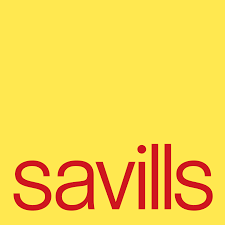




















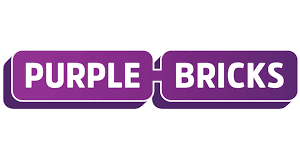






Our rating
Based on the opinion of 1082 people.







